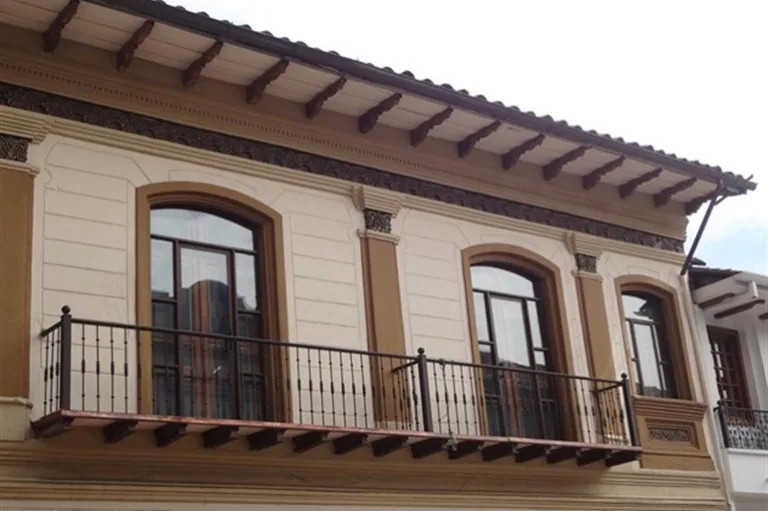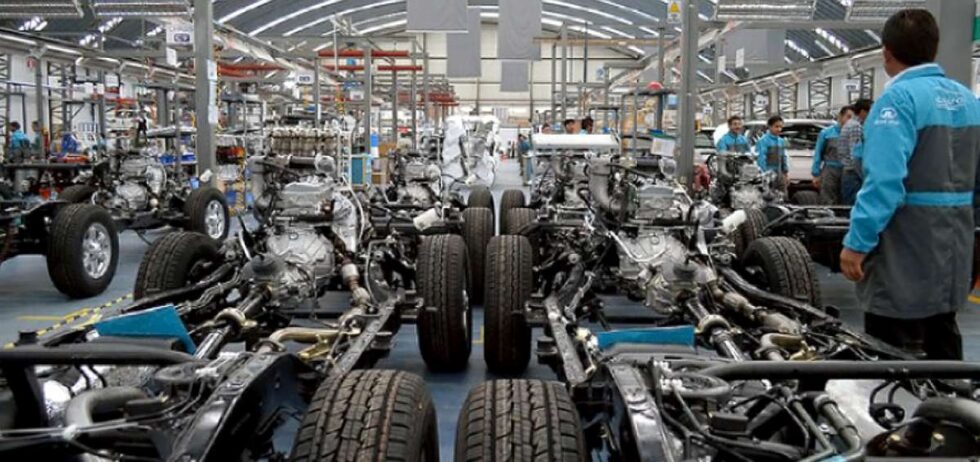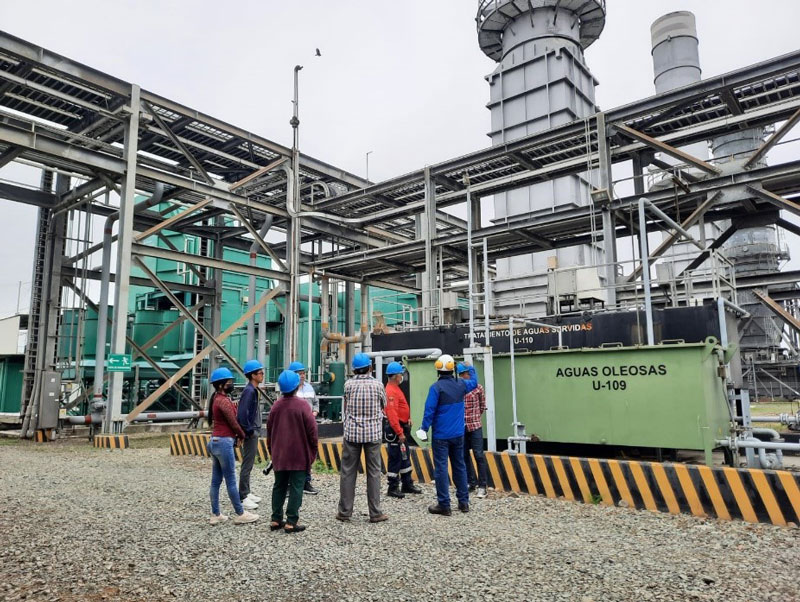Cotopaxi park closed as volcanic activity increases; Risk level raised to ‘yellow’ following earthquakes
Ecuador’s Risk Management Service increased its danger assessment for the Cotopaxi volcano from “precautionary” to “yellow alert” on Sunday following the intensification of earthquakes under the volcano. On Saturday, the government closed Cotopaxi National Park after volcanic ashfall was recorded at one of the refuges used by mountain climbers on the 5,897-meter (19,347-foot) volcano.
On Sunday morning, a series of small lahars were reported on the volcano’s north flank and geologists at Ecuador’s Geophysical Institute said they are reviewing data to determine if the glacial melt was caused by heating near the crater or by the weight of ash accumulation.

The Cotopaxi volcano Sunday morning.
“The closure of the park was ordered out of an abundance of caution to insure public safety,” park management said in a statement Sunday morning. “Although an eruption does not appear imminent, the increase of gas and ash emissions at the volcano require the temporary closing of park facilities. We have instructed all climbing parties to descend the mountain immediately.”
Park authorities said that a strong odor of sufur was detected near the mountain, with concentrations of the gas reaching “dangerous levels” at higher elevations.
On Thursday and Friday, the Geophysical Institute reported an increase in seismic activity under Cotopaxi, the world’s highest active volcano, 45 kilometers southeast of Quito. On Saturday and Sunday, the Institute said activity continued to intensify with gas and vapor clouds rising more than 1,000 meters above crater. “Earthquakes are common under the volcano but the recent activity indicates an overall increase of the movement of magma,” the Institute reported.
According to the Risk Management Service, “yellow alert” signifies a “threat of volcanic activation,” while an “orange alert” requires preparation for a possible eruption” and a “red alert” means an “eruption is in progress.”
Considered one of the most dangerous volcanoes in the world, Cotopaxi’s last eruptive activity occurred in 2015, causing the closure of highways, airports and schools in three provinces. Lava flows during the event required the reconstruction of roads and trails in the national park.
Cotopaxi is a classic stratovolcano, which means it has a conical shape that has been built up by a series of eruptions. It grew rapidly following a massive eruption about 4,400 years ago which destroyed almost 1,500 meters of the old volcano. In a 1997 volcano risk assessment, the U.S. Geological Survey estimated that a modern-day eruption of similar magnitude would kill more than one million people in the Quito area.
Cotopaxi is one of the most active volcanoes in the world. During the 1700s and 1800s, which was an especially active period, the volcano had eight sizable eruptions. Over the past 2,000 to 3,000 years, the volcano has had, on average, one large eruption per century. It has been relatively quiet in the last 130 years, with several minor eruptions between 1902 and 1907, and even smaller eruptions in the early 1940s.
The last large eruptions occurred in 1877 and 1880. From a historic perspective, the 1877 eruption was the most devastating. Pyroclatic flows and lahars covered more than 200 square miles around the eruption, wiping out dozens of small towns and killing an estimated 10,000 people. Although the 1880 eruption was about the same size, its impact wasn’t as extreme due to the fact that many of the towns and farms in its path had been destroyed three years earlier.
The 1877 and 1880 events produced massive lahars from the melted ice of the glacier, some of them flowing down river channels 100 miles from the crater.


















